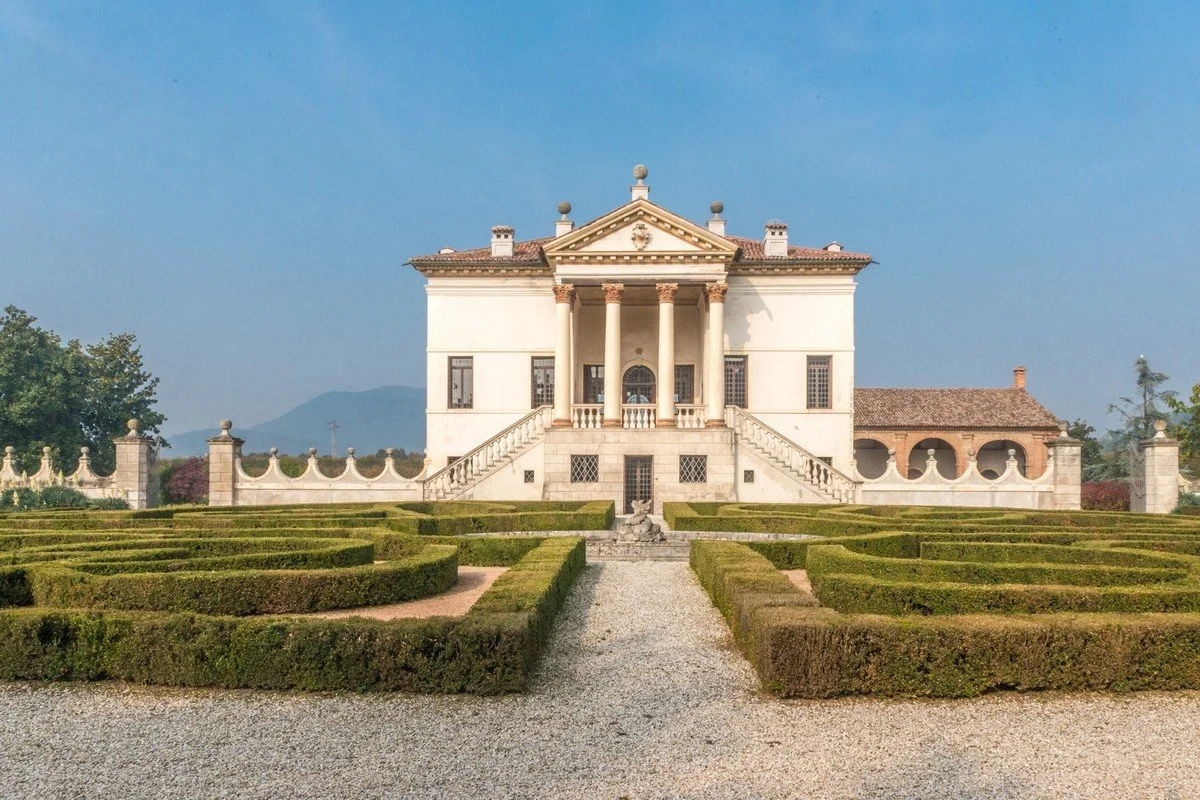Considered one of southern England’s finest private country houses, the Grade II-listed Pythouse sits in South Wiltshire’s Area of Outstanding Natural Beauty.
All tagged palladian
17th Century Palladian Manor House Built on an Ancient Roman Site
The Grade II*-listed Chalcot House was built during the Mary and William period in the Palladian style, inspired by the architecture of Inigo Jones.
Palladian Country House Surrounded by National Trust Royal Deer Park
Set within a World Heritage Site protected by the National Trust, the Grade II* listed property provides a rare opportunity to enjoy Studley Royal Park without the upkeep of a major estate.
Beautifully Renovated Historic House in Los Angeles Hits the Market for $20,000,000
Villa Vendôme was originally built in 1917 by architect Frank Meline AIA with a design inspired by the Italian Architect, Andrea Palladio, and comes to market following a meticulous restoration by Plus Development and AD100 designer Jake Arnold.
Palladian-Inspired Italian Villa Near Venice, Italy
Just 30 minutes from Venice, Villa Paccagnella offers commanding views over the Veneto countryside towards the alps, surrounded by a private park with cypresses, an Italianate garden, and a swimming pool.
Linden House: A Late Philanthropist's Palatial Estate in Indiana
Proceeds from the sale of her estate will be used to fund an endowment for the not-for-profit, Christel House International, providing education and ongoing support for children in high-poverty areas around the world.
Magnificent Italian Villa in the Veneto
The Palladian-style villa was built for the Contarini family in 1588, attributed to Vincenzo Scamozzi due to similarities in design to his other villas built in the region, although this is still much debated.
Venetian Villa in the Veneto
On the market with Cameron Avery of Prestige Properties Italy, this 17th century Palladian-inspired villa was built by the architect, Baldassarre Longhena, who built the Basilica di Santa Maria della Salute, one of Venice’s best known landmarks.
Ston Easton Park, A Palladian English Manor House Near Bath
Designed by English landscaper Humphrey Repton (often thought of as one of the last great gardeners of the 18th century, and a successor to Capability Brown), the gardens were laid out in the late 1700s.








